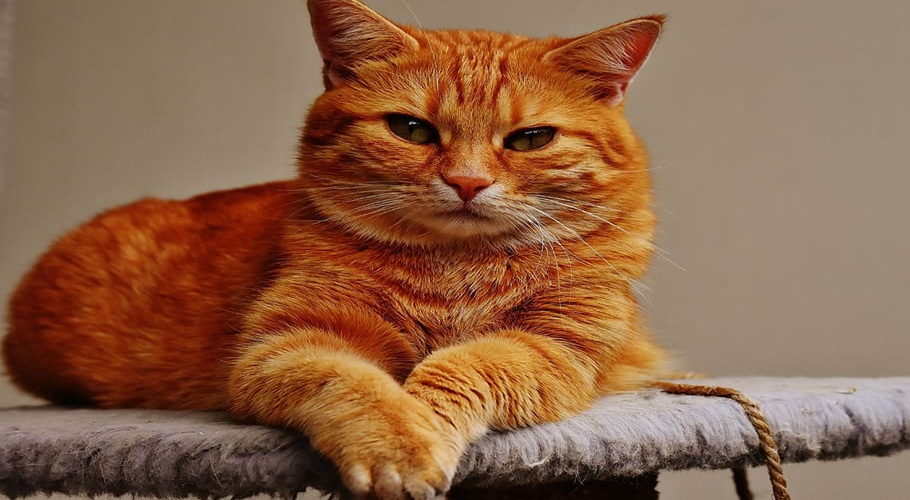A rare mutation makes orange cats one of a kind.
Orange cats aren’t just adorable—they’re genetic originals.
A new study published in Current Biology reveals that the fiery fur of ginger cats comes from a rare DNA mutation found only in domestic cats.
This mutation, located on the X chromosome, doesn’t directly affect pigment-producing genes. Instead, it flips a nearby gene switch in an unexpected way, blocking black pigment and turning fur orange.
What makes this discovery remarkable is that no similar mutation has ever been found in any other animal species—wild or domesticated.
The mutation likely emerged once in early domesticated cats and spread globally, even appearing in medieval Chinese artwork of calico cats. Since the gene is X-linked, orange cats are overwhelmingly male, while females tend to show orange patches only if they carry the trait on both X chromosomes. Though the myth of the “chaotic orange cat” persists, scientists haven’t found any proof that their personality is linked to their color. Still, with their unique DNA and standout appearance, it’s no wonder orange cats have earned a legendary status among cat lovers.






